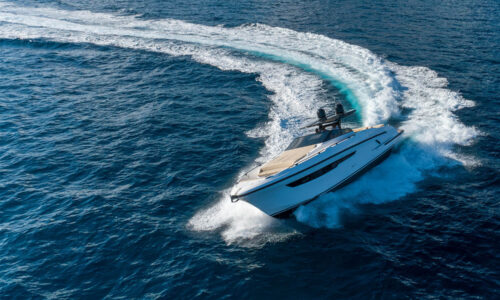Carbon Monoxide

Carbon monoxide, or CO, is a dangerous gas you can’t see or smell. It’s made when fuels like gasoline, propane, charcoal, or oil burn. If you’re on a power boat, the boat’s engines, generators, cooking stoves, and heaters can make this gas. Engines that are cold or not working right can make more carbon monoxide than warm and in good shape engines.
Dangers of Carbon Monoxide
The danger of carbon monoxide is that it’s hidden – you can’t see, smell, or taste it, and it mixes in with the air. When you breathe it in, it goes into your blood and pushes out the oxygen your body needs.
Signs of Carbon Monoxide Poisoning
Here are some early signs that you might be breathing in carbon monoxide:
- Your eyes might feel irritated
- You may start getting headaches
- You might feel sick to your stomach or want to throw up
- You could feel weak or dizzy
These signs can be mistaken for seasickness or intoxication. However, they could be because of carbon monoxide. Being around this gas is harmful, and can even cause death.
Keeping Safe from Carbon Monoxide Poisoning
To stop carbon monoxide poisoning on your power boat, it’s important to care for your boat’s engine and exhaust system. Make sure to check them often to see if they’re working right. Also, open up the forward hatches of your boat to let fresh air in, and install a device that can detect carbon monoxide. Be careful about other boats close by, especially if they’re using a generator or have their engine running for a long time while they’re docked. Their boat’s carbon monoxide can get onto your boat.
If you start feeling like you have the flu, get headaches, feel tired, or sick to your stomach, these could be signs of carbon monoxide on your boat. Putting carbon monoxide detectors on your boat is a smart way to help keep everyone safe.
Do Not Swim Near the Back of the Boat
It’s not safe to swim right behind the boat. That’s because you’re near where the engine’s exhaust comes out, which has carbon monoxide. If you’re close to these fumes, you could breathe in the gas, and that can cause carbon monoxide poisoning. Avoid doing things like teak surfing or dragging behind the boat, and never swim near the back of your boat when the engine or engines are on.
